The difficulty of driving in extreme weather depends on the type of tires you use. Your winter tires will wear down faster if exposed to consistent heat.
Winter tires will last on average about 30,000 miles depending on the conditions and vehicle type. When winter tires are exposed to summer weather, they will wear about 60% faster than usual. This means you would reduce the total tread life of your winter tires to about 12,000 miles.
In summer, winter tires wear out quickly because of the way the softer rubber compound reacts to the heat and warm pavement. By eliminating exposure, you can ensure you get the maximum life span from your tires. This guide will discuss more about how fast winter tires wear in the summer.
Testing winter tires in the heat can be difficult, but our experts have gathered the research to support these claims. When we drive a winter tire on hot pavement, it loses significant traction and the tread wears down much faster. You should take every precaution in order to make your winter tires last for longer.
Winter tires are very important for everyday use. They perform well on wet roads with ice and snow and should be used during the cold. However, the tread life and performance of winter tires change dramatically in the summer.
They wear up to 60% faster when driven during the summer months compared to those driven during the winter season. It is recommended that drivers change their winter tires before the spring and summer months. They should only be driven during cold temperatures with minimal heat.
The treadwear on winter tires depends on how many miles you drive per month, how often you drive on snow and ice-covered roads, and how often you mix snow with frozen or dry roads.
If you drive a set of winter tires this year, the softer the tread, the faster they will wear out in warmer temperatures. Like all summer tires out of season, winter tires need a lower tread to be effective and safe.
Rapid wear on warm, dry pavement A rubber tread on winter tires is more flexible than summer tires throughout the season. The same thick treads and flexible rubber bolts that give winter tires traction in the colder months cause them to wear faster at higher temperatures.
Winter tires have a softer tread compound designed for winter use, but in hot summer weather, this compound produces a higher amount of heat, which increases the overall thermal load on the tires.
Winter tires are for cold and slippery roads. The rubber is softer, so they are flexible enough to handle the bumps of winter. Because of the flexible compound though, they cannot handle the high temperatures that occur in the summer months.
Conventional wisdom is that you should store your winter tires away for the year when the weather reaches temperatures above 45 ° C. However, temperatures in your area change quickly, so it is best to wait until the temperature change remains consistent rather than sporadic changes.
Dry roads and cold weather make the rubber compounds in summer tires harder and they lose grip, which means that they do not work as well.
Leaving winter tires on the ground until temperatures get warmer increases the wear on the compounds, allowing them to remain flexible in freezing temperatures but wear out on warmer roads.
If your vehicle is driving with summer tires out of season and you live in an area where cold temperatures and snow are common, you may have heard sales calls to buy winter tires that work better under these conditions.
Drivers may think it is time to buy a new tire when a tire is flat, but they may not know what type of tire their vehicle is on, whether it is the right fit, or whether it is a seasonal tire that is harder than winter tires, or a summer tire designed for more aggressive driving.
One of the key distinguishing features between the season and the weather is the inclusion of the 3-Peak Mountain Snowflake (3PMSF) symbol which indicates that the tire is certified for winter use.
This means that in areas with winter weather all-weather tires are a good choice all year round, but not in places where it is extremely hot in summer and extremely cold in winter - there is no substitute for fitting suitable tires for these conditions.
If you experience different seasons where you live, winter tires are not an all-year tire that you can use. This is because once the temperature gets too warm your winter tires will start to suffer the consequences.
Winter tires, also called snow tires, offer better traction on snow and ice than summer tires due to the colder temperatures of the season. Winter tires are ideal for a deeper tread depth and special tread designs for snow.
Summer tires are made of a more firm rubber compound mounted on a larger tread block to maximize contact with the road in warmer weather. This firm rubber is unable to get flexible enough for the cold, presenting a similar problem that a winter tire faces in the heat.
It is best to avoid using winter tires all year. They work best in spurts of 3-4 months during cold weather. This will also allow your winter tires to last for at least three total winter seasons too.
They work best in spurts of 3-4 months during cold weather. This will also allow your winter tires to last for at least three total winter seasons too.
Winter tires wear faster in summer because of the differences in insulators and rubber compounds. The difference is why summer tires use a firmer rubber compound that cannot become flexible enough during the cold.
The opposite is true for winter tires. The rubber used in the winter tire construction is extremely soft and designed to become softer as the temperature decreases. This allows for more adjustments on the road and for the grip of your tire to stay reliable on ice and snow.
The temperature increase leads to a loss of traction and makes it easier for the tires to lose grip on the road surface. The warm weather reduces adhesion between rubber and road surface which can lead to tire wear-outs quickly.
Another issue with winter tires in the summer is the pressure levels. The hot air will cause your tire pressure to expand and this can lead to tire blowouts due to overinflation. Winter tires are typically overinflated to handle the cold but this cannot work the same in the summer.
The hot air will cause your tire pressure to expand and this can lead to tire blowouts due to overinflation. Winter tires are typically overinflated to handle the cold but this cannot work the same in the summer.
The best way to avoid wearing out your winter tire too quickly is by avoiding summer temperature at all costs.
When the temperature is high, winter tires lose their grip and cannot handle the conditions. This can be a serious issue for winter tires as they will wear down quickly and become a safety hazard on the road.
In the summer, winter tires will wear much faster. This is because the heat produced by sunlight is higher in summer than in winter, so the tire rubber cannot adjust to the condition changes.
The type of vehicle you drive will also determine how fast this tire wear occurs and it can be even faster on bigger trucks that carry heavier loads. The more weight placed on the soft rubber will only lead to a bigger chance the treads start to crack and wear out.
Winter tires have reduced traction and performance in the summer. It is smart to opt for a different tire choice once temperatures start to warm up because you will notice weakened performance from your vehicle.
The decreased performance will be seen in braking distance, cornering ability, vehicle handling, and overall tire traction. It can become unsafe to use a winter tire for too long in the summer too.
Can you drive snow and winter tires year round? It’s an idea that occurs to many drivers who experience winter weather: If I have to mount snow tires every year, why don’t I just keep them on my vehicle all the time?
Unfortunately, using snow tires year round isn’t recommended. In the long run, it will cost more money than changing them out and could compromise your vehicle’s performance on the road. That’s why tire makers offer different types of tires for different seasons – the best option for you is determined by many factors including climate, driving style, and performance needs.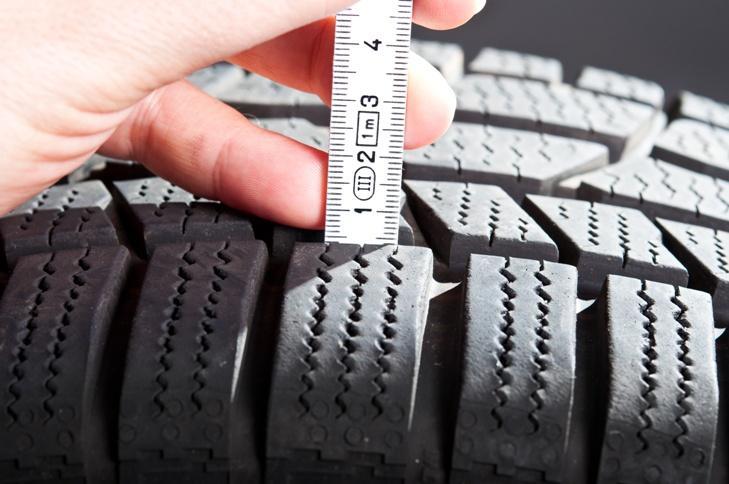
Here are some specific reasons why year-round use of winter tires is not advised. And if it’s the hassle of tire mounting, unmounting, and remounting that you’re tired of, we’ve included an idea for simplifying that process, too.
All winter tires, whether studless or studded, are made to maintain better traction in extreme cold, and on icy, snowy, or slushy roads. The rubber is able to remain softer, which makes it more flexible, allowing the tire to conform to the road better in extremely cold conditions. This feature, along with deeper tread depths and specialized tread designs, are what make snow/winter tires ideal for inclement winter weather and extreme cold driving conditions.
We use this analogy - tennis shoes. Yes, you can wear tennis shoes on the beach or in the snow, but wouldn't it be better to have flip flops on the beach and boots for the snow? Winter tires are like snow boots for your car.
Winter tires are specially designed for cold temperatures and winter precipitation.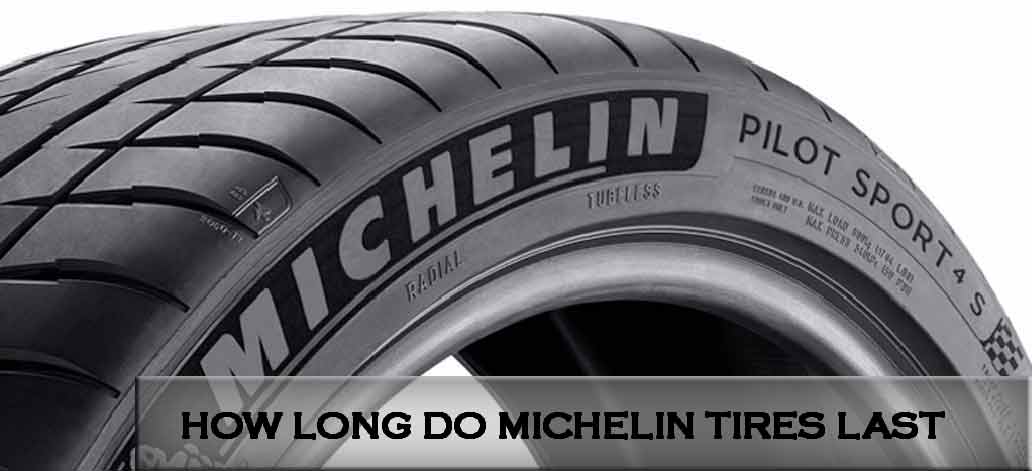 Once it gets warm, you won't need deep tread depths to handle snow or biting edges for traction on ice. Here are some specific reasons why using winter tires year round is not recommended.
Once it gets warm, you won't need deep tread depths to handle snow or biting edges for traction on ice. Here are some specific reasons why using winter tires year round is not recommended.
Faster wear on warm, dry pavement - the tread rubber of winter tires is considerably more flexible than that of all season and summer tires. That same pliable tread rubber that adds traction in winter will wear down quickly in warm temperatures. Summer and all-season tires are built to withstand warm temperatures, providing long wear life.
Decreased performance - In warm weather, winter tires won't provide the same handling capabilities as summer or all-season tires. Imagine if you needed to make a quick maneuver and your tires were soft and squishy. You won't get the crisp response from a winter tire in warm weather. Winter tires need that flexibilitity to handle ice and snow, but it's not as useful in warm weather.
The specialized compounds and tread designs of winter tires are not designed for optimal warm climate performance and wear. Generally speaking, the softer tread of a winter tire will wear out faster in warmer temperatures. If you keep winter tires on your vehicle after winter has come and gone, you will have to replace them sooner than had you removed them for springtime.
Generally speaking, the softer tread of a winter tire will wear out faster in warmer temperatures. If you keep winter tires on your vehicle after winter has come and gone, you will have to replace them sooner than had you removed them for springtime.
That’s why using snow tires year round is more expensive than mounting them seasonally. The sooner they wear out, the sooner you have to replace them.
Driving on snow tires year-round could compromise optimal tread wear and ultimately be more expensive than just changing tires out for the season.
If you were considering year-round use of winter tires because you were tired of having to change them, here’s an idea that could save you time and money. Purchase wheels with the same diameter and bolt pattern as your current wheels. Mount your snow tires on those and store them in the garage until winter arrives.
Instead of having to change out your tires each season, just have a technician change the wheels.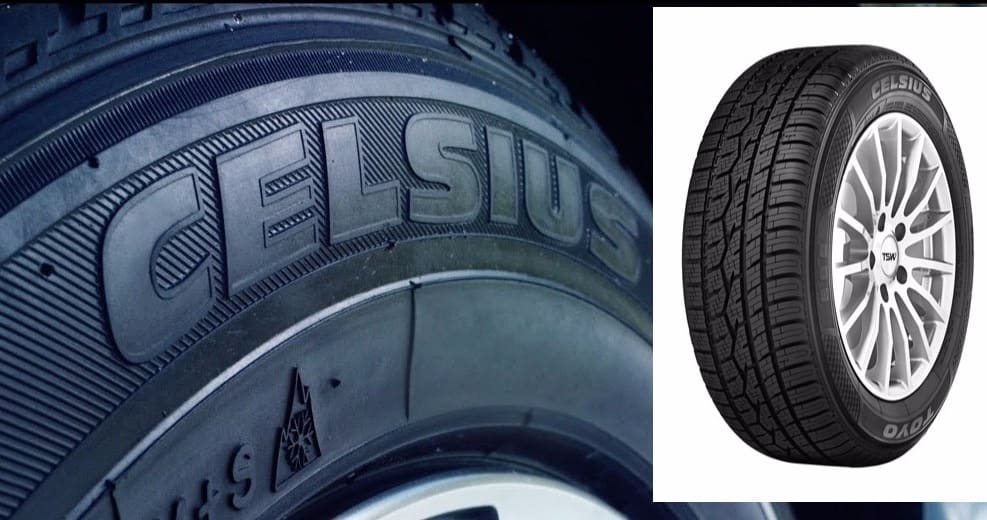 It’s a quick, relatively inexpensive alternative to mounting and unmounting snow tires every season.
It’s a quick, relatively inexpensive alternative to mounting and unmounting snow tires every season.
Even with the best snow tires on the market, changing temperatures affect their ability to grip the road's surface. Listen to the pros, and know what to expect when the thermometer drops.
Learn More
Even with the best snow tires on the market, changing temperatures affect their ability to grip the road’s surface. Listen to the pros, and know what to expect when the thermometer drops.
LEARN MORE
0003Related materials
7 rubber signals: what the tire says about car problems
How do you know when tires are completely worn out and it's time to change them? Everything is simple. For summer tires, the limit is 1. 6 mm of residual tread depth, and for winter (or all-season tires used in winter) - 4 mm. Modern summer tires can travel from 40,000 to 70,000 km, depending on driving style and vehicle characteristics. An average motorist rolls such a mileage on summer tires in 2-3 seasons. Moreover, wear implies not only a decrease in tread depth. For millions of cycles of deformation, the strength of the carcass and its adhesion to the layers of the rubber compound are violated. In short, every 2-3 years you should buy a new set of tires.
6 mm of residual tread depth, and for winter (or all-season tires used in winter) - 4 mm. Modern summer tires can travel from 40,000 to 70,000 km, depending on driving style and vehicle characteristics. An average motorist rolls such a mileage on summer tires in 2-3 seasons. Moreover, wear implies not only a decrease in tread depth. For millions of cycles of deformation, the strength of the carcass and its adhesion to the layers of the rubber compound are violated. In short, every 2-3 years you should buy a new set of tires.
In case of irreparable damage to one of the tires and a relatively high total mileage of the kit, it is also worth considering replacing it. Well, or about buying at least a pair of new tires, which, for any type of drive, should be installed on the front axle. We put two tires back - the most decent of the remaining ones.
Many motorists drive only a few thousand kilometers a year. This does not mean that the tires will serve you for several decades. According to Russian requirements (GOST 4754-97), the service life of passenger car tires is 5 years from the date of manufacture. And for example, Continental recommends that all car tires (including the spare tire) older than 10 years old should be replaced with new ones. Therefore, with small runs, you can navigate for ten years. The date of manufacture of the tire is indicated on the sidewall. Usually it is an oval with four numbers. The first two are the ordinal number of the week in the year, the last two indicate the year.
According to Russian requirements (GOST 4754-97), the service life of passenger car tires is 5 years from the date of manufacture. And for example, Continental recommends that all car tires (including the spare tire) older than 10 years old should be replaced with new ones. Therefore, with small runs, you can navigate for ten years. The date of manufacture of the tire is indicated on the sidewall. Usually it is an oval with four numbers. The first two are the ordinal number of the week in the year, the last two indicate the year.
Related materials
How to change the car yourself - detailed instructions
Tires should be rotated periodically in accordance with the vehicle manufacturer's recommendations - information on this can be found in the owner's manual.
We can advise you to carefully use the tires and, most importantly, to store them correctly in the off-season.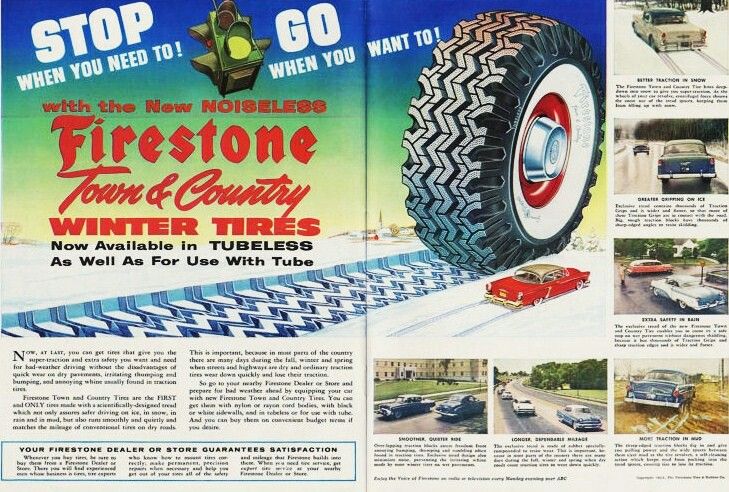 First of all, during storage, it is important to exclude direct sunlight from hitting the tires, which greatly age the rubber. Tires without rims should be placed vertically, and stacked on rims.
First of all, during storage, it is important to exclude direct sunlight from hitting the tires, which greatly age the rubber. Tires without rims should be placed vertically, and stacked on rims.
And before installing tires on a car at the beginning of the season, evaluate their condition. There should be no cracks in the tread and sidewalls. The tire should not be dry, it should remain rubbery and not look like baked plastic.
Related materials
Driving on badly worn tires - will I be fined or not?
Winter tires have a much shorter life span. They almost always fail due to the wear of the treadmill, because the tread of a new tire is 7–8 mm, and only 3–4 mm remain working height. If the tires are studded, then with such wear there are very few metal elements left, and the tire will not provide adequate safety when driving on a winter road. However, not only spikes, but also Velcro, with such a degree of wear, also lose most of their capabilities.
The real life of winter tires rarely exceeds 30,000 km. "Bald" winter tires without studs can be re-rolled in summer, but their grip on hot road surfaces will be very poor. This must be taken into account, especially when braking.
***
So: tires that have not yet worn out along the tread (that is, up to 1.6 mm tread depth for summer tires, 4 mm for winter tires) are changed either ten years after the date of issue, or when the rubber layer cracks tires or damage.
Our new video
A new brand has appeared in Russia — we are testing its first crossover
A new Russian SUV: we all really need it!
An interesting (and inexpensive) car from Lipetsk: everything is different here!
Did you like the note? Subscribe and you will always be in the know!
Driving on Yandex.Zen
News smi2.ru
Every driver, buying a set of tires, whether winter or summer, is faced with the fact that tires may not always be "fresh".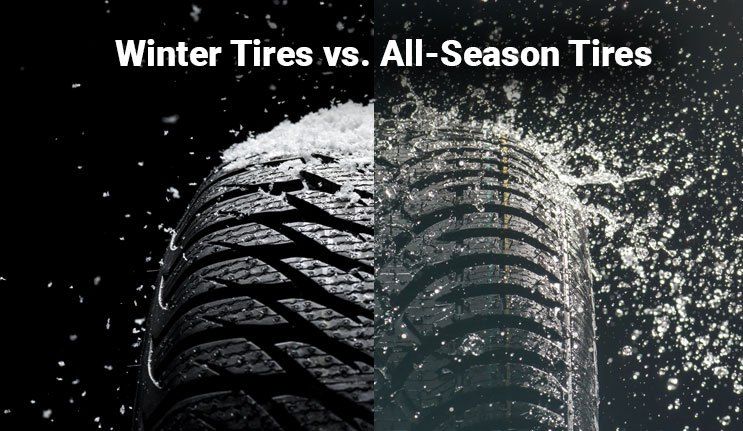 The concept of "freshness", of course, each person has his own. Often tires are stale in warehouses for various reasons. In the practice of our online store, there are similar cases that lead to some not always pleasant discussions with a client or supplier. Therefore, we turned to the leading, in our opinion, manufacturers in the Eastern European segment of the tire market. We chose four manufacturers, in each price category:
The concept of "freshness", of course, each person has his own. Often tires are stale in warehouses for various reasons. In the practice of our online store, there are similar cases that lead to some not always pleasant discussions with a client or supplier. Therefore, we turned to the leading, in our opinion, manufacturers in the Eastern European segment of the tire market. We chose four manufacturers, in each price category:
Budget tires - Rosava ;
Average price category (Europe) - Nokian (Nordman) ;
Average price category (Far East) - Nexen ;
Premium tires - Goodyear .
It should be noted that the Nexen Roadstone company (or rather the representative office) asked not to publish their answer in this article.
In addition, we looked into the State Standards of Ukraine, the Russian Federation and turned to the quality standards of the European Union.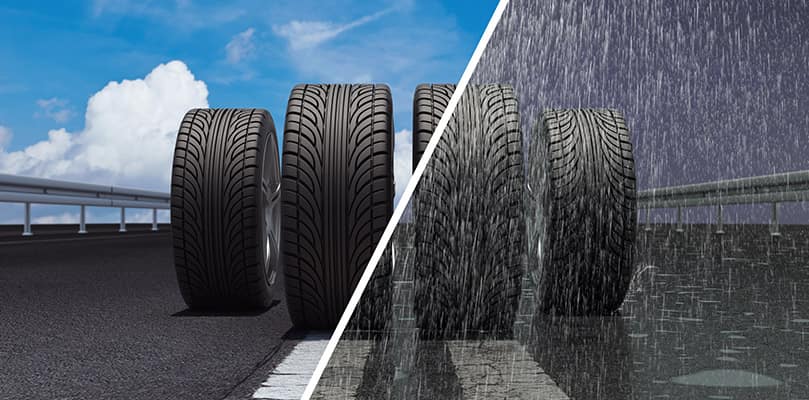
Budget tires (Rosava)
Of course, there are cases when rubber lasts more than five years, but in such cases, the largest domestic manufacturer Rosava does not guarantee the preservation of all operational standards and advantages.
That is, roughly speaking, if you plan to use tires for 3 years, then be sure to make sure that the tires you buy are under 2 years old. The rest is at your risk.
Nokian mid-price tires
Since Nokian tires are mainly made in Russia, in this case we contacted the local representative.
Roughly speaking, the manufacturer claims that for 5 years Nokian tires practically do not lose their properties, after this period the tires, alas, no longer meet the original standard. That is, rubber of the middle price segment is used much longer than state employees.
Goodyear Premium Tires
Goodyear, famous not only for its products, but also for the tires of its sub-brands (Dunlop, Sava, Barum, Fulda, etc. ) did not specify the exact life of their wheels, but did provide a few signs when the rubber produced by this company needs to be replaced.
) did not specify the exact life of their wheels, but did provide a few signs when the rubber produced by this company needs to be replaced.
Regarding the service life, a rather vague answer was given:
If we turn to numbers, the shelf life of premium class rubber cannot be lower than the service life of an average price segment, so you can calmly focus on 5-10 years. For example, Toyo, on its official website, gives us a figure of 10 years of safe use. Roughly speaking, having bought a five-year-old rubber, you can safely use it for another 5.
The information we received during the analysis, you can see on the following graph:
Of course, the above information is not true in the last instance, and rubber storage conditions play a big role. However, we hope this article will give you at least an idea about the tire life of tires and in general terms will show what the difference is between tires of different classes.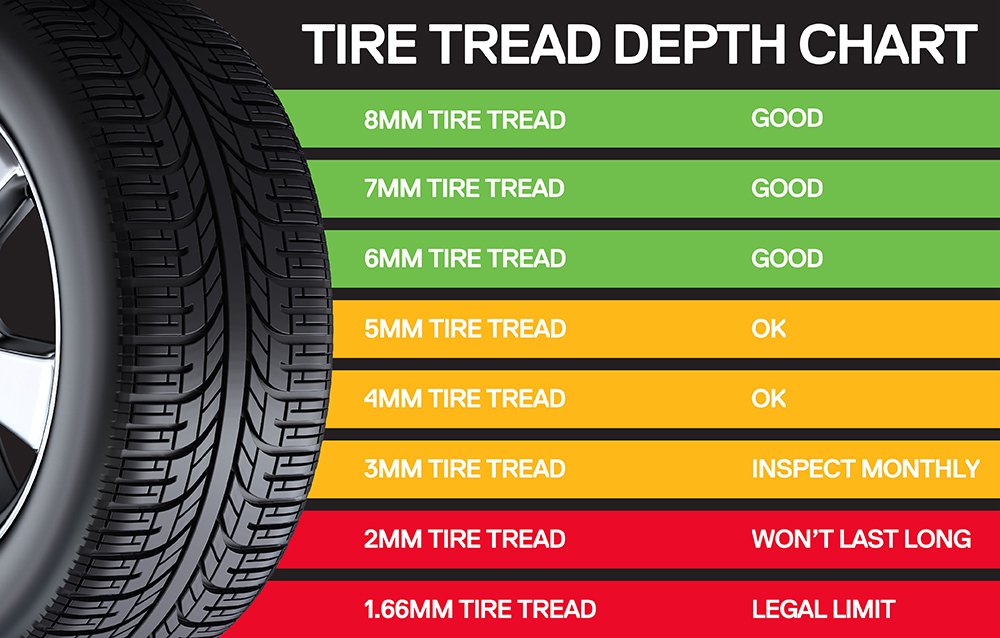
| What winter tires to buy? Expensive or cheap? To begin with, it is worth knowing the division into classes of car tires. It is useful to know when to buy expensive premium tires, and when to choose cheaper analogues from the economy segment... September 06, 2022, 10:06 | |
| Tires for electric vehicles - which ones to choose? Driving an electric car is different from driving a car with an internal combustion engine. This is felt by both the driver and passengers. For tires, another type of drive is also important. Rubber on.. 09 August 2022, 11:58 | |
| Who are low profile tires suitable for? Car wheels are the first thing that comes to mind in the context of visual tuning. 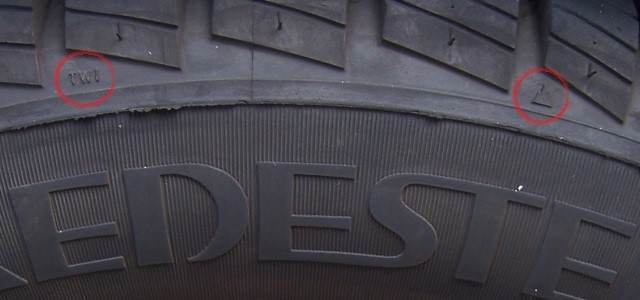 | |